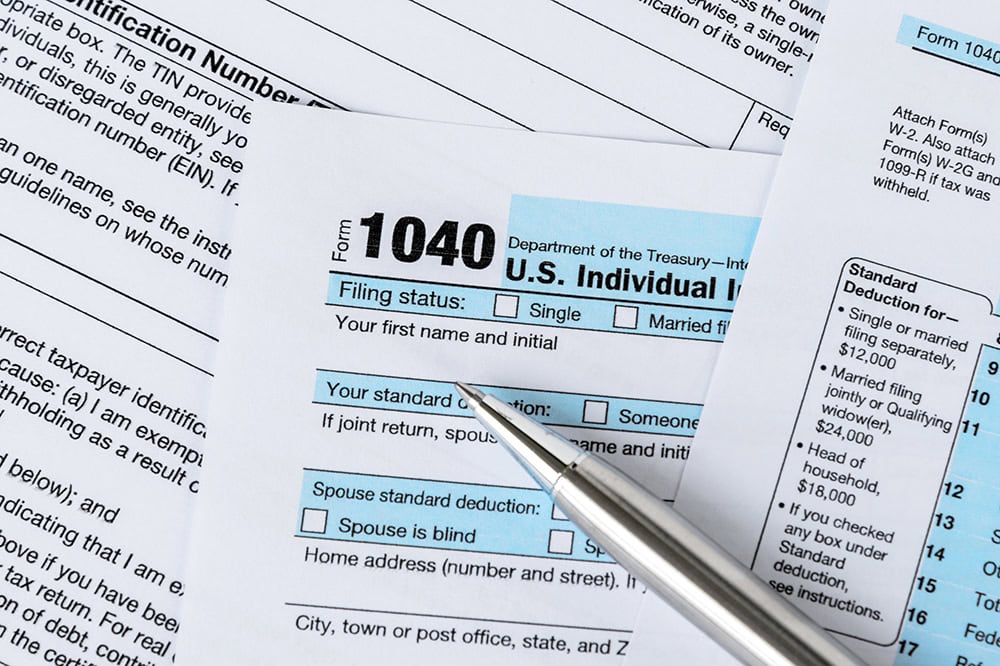Op-Ed: A New Chance to Get Budget Right
By Peter G. Peterson
Like many budget-watchers, including, apparently, Standard & Poor’s, I was not satisfied with the politics, policy, or process surrounding the recent debt-limit agreement in Washington.
There were glimmers of hope, over the past few months, that Republicans and Democrats would come together on a grand fiscal bargain. As someone who has spent decades raising alarms about our long-term structural deficits, perhaps I saw too much in these glimmers, hoping I could finally do what most people my age do – relax.
Instead, Congress opted for $900 billion in “easy” cuts, mostly to discretionary spending, including defense, while leaving the tougher decisions to a new joint congressional committee. Now, it’s the future committee members who should rest up during the August recess — because the real work begins when they return.
This committee is charged with finding another $1.5 trillion in future deficit reduction, for a total of $2.4 trillion over 10 years. But that is not enough, considering that we were slated to borrow $8.2 trillion over that period. And beyond 2021? You ain’t seen nothin’ yet. Entitlement costs are likely to explode, but federal revenues won’t be keeping pace.
This long-term structural imbalance is the biggest threat to our nation’s future — and the only way to confront it is to restrain entitlement growth while adding revenue. Two things Congress has been loath to do.
I urge the committee members to look beyond the next 10 years and $1.5 trillion and address our long-term fiscal challenges. They must also keep in mind that economic growth is critical to reducing future imbalances, so additional deficit-reduction measures should be implemented gradually, when the economy strengthens. If the economy requires more short-term stimulus through spending or tax cuts, that stimulus should be fully paid for within the 10-year budget window.
The real test of a deficit reduction plan is simple: Does it stabilize the debt-to-gross domestic product ratio over the long term? There is strong evidence that keeping debt-to-GDP above 90 percent risks an economic crisis and erodes economic growth.
Despite maintaining an average debt-to-GDP ratio of 37 percent over the past 40 years, we’re now near 70 percent, and current estimates show the number heading well into triple digits. Obviously unsustainable. If a deficit reduction plan doesn’t achieve the straightforward goal of stabilizing debt as a percentage of GDP, our nation will remain on a path to fiscal ruin.
We’re on this destructive path largely due to three factors: a large Baby Boom generation that is entering retirement; increasing longevity, and the rapidly growing cost of health care, which seniors disproportionately consume.
Right now, Social Security, Medicare, Medicaid and other health programs account for less than half of non-interest spending in the federal budget. But without changes, they are likely to be responsible for 100 percent of the explosion in non-interest spending in the coming decades.
Combine these huge projected spending increases with tax policies that don’t produce enough revenue to fund the coming demographic surge, and the America we know could be decimated by spiraling growth in debt and interest costs.
This is the structural challenge the joint congressional committee must confront. I believe they can succeed. Unlike previous commissions, the joint committee has the blessing of leaders from both parties — and its recommendations are entitled to a fast- tracked vote. Both parties have an additional incentive to prevent steep cuts to their preferred programs.
More important, the committee doesn’t start with a blank slate. The Bowles-Simpson Commission and the Senate’s Gang of Six laid the foundation for a bipartisan deficit-reduction deal. In addition, six policy organizations from across the political spectrum presented plans that addressed this structural challenge, at a conference held by our foundation this year. Members of the joint committee will be able to draw on all this existing work.
Both Democrats and Republicans will have to tip a few sacred cows.
Democrats must recognize that an unsustainable safety net is no safety net at all. At the same time, sensible reforms don’t have to leave lower-income Americans worse off. Policymakers, for example, could start by reducing benefits for higher-income seniors, which is the compassionate way to reduce costs, while preserving benefits for those who need them most and preventing an unthinkable doubling of payroll taxes on future generations.
Republicans must acknowledge that the federal government will need more revenue to close the fiscal gap. Eliminating the structural deficit with no new revenue would require permanently cutting spending across the board by around 35 percent. It’s hard to imagine the public accepting such draconian cuts.
More revenue from the well-off is a political necessity. At some point, lawmakers will have to ask for some sacrifices from the middle-class and they cannot do that without asking higher-income Americans to carry their full share of the burden.
Many economists believe the best way to raise revenue is through pro-growth tax reform. A simpler tax code could allow us to lower rates; eliminate incentives that distort markets, and still raise more revenue to improve the nation’s balance sheet. The Bowles-Simpson plan pointed the way forward by reducing or eliminating tax expenditures — many disguised as spending.
Tax expenditures cost about $1.3 trillion each year – roughly the same amount brought in by the corporate and individual income tax. And they invite vigorous lobbying by interest groups eager to preserve their perks. Just by cleaning up the tax code, Bowles- Simpson reduced the top individual and corporate rates to as low as 23 percent and 26 percent, while contributing revenues to deficit reduction.
Compromise is always difficult. But the great irony is that if we don’t agree now on reasonable reforms that can be implemented as the economy recovers, America will be forced to make even more difficult choices later, with deeper spending cuts and larger tax increases.
Americans are counting on the new joint congressional committee to forge a bipartisan agreement that shifts the United States on a sustainable fiscal path through 2021 and beyond. Let’s not miss this next opportunity to act fairly and decisively to improve America’s fiscal outlook for generations to come.
Peter G. Peterson is the chairman of the Peter G. Peterson Foundation.
About the Peter G. Peterson Foundation
The Peter G. Peterson Foundation is a nonprofit, nonpartisan organization established by Pete Peterson – businessman, philanthropist, and former U.S. Secretary of Commerce. The Foundation is dedicated to increasing public awareness of the nature and urgency of key long-term fiscal challenges threatening America’s future and to accelerating action on them. To address these challenges successfully, we work to bring Americans together to find and implement sensible, long-term solutions that transcend age, party lines and ideological divides in order to achieve real results.
Taxes
Further Reading
Budget Basics: What Is the Child Tax Credit?
The CTC provides assistance to families with children, and while it represents a relatively modest part of overall government spending, it is one of the largest tax expenditures.
Budget Basics: Tax Expenditures
Tax expenditures can come in the form of exclusions, exemptions, deductions, and credits.
What Are the Economic Costs of Child Poverty?
Child poverty is higher in the United States than in other wealthy countries. Studies show that it has quantifiable economic costs.


